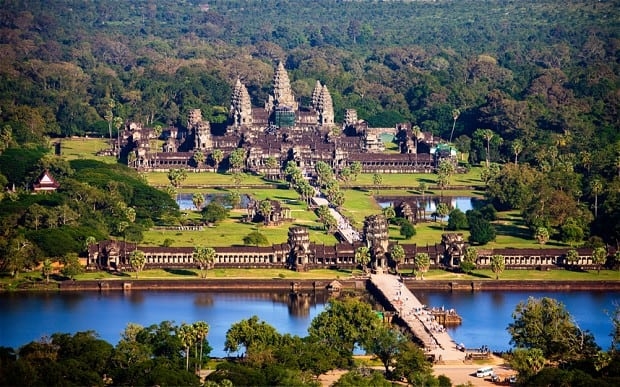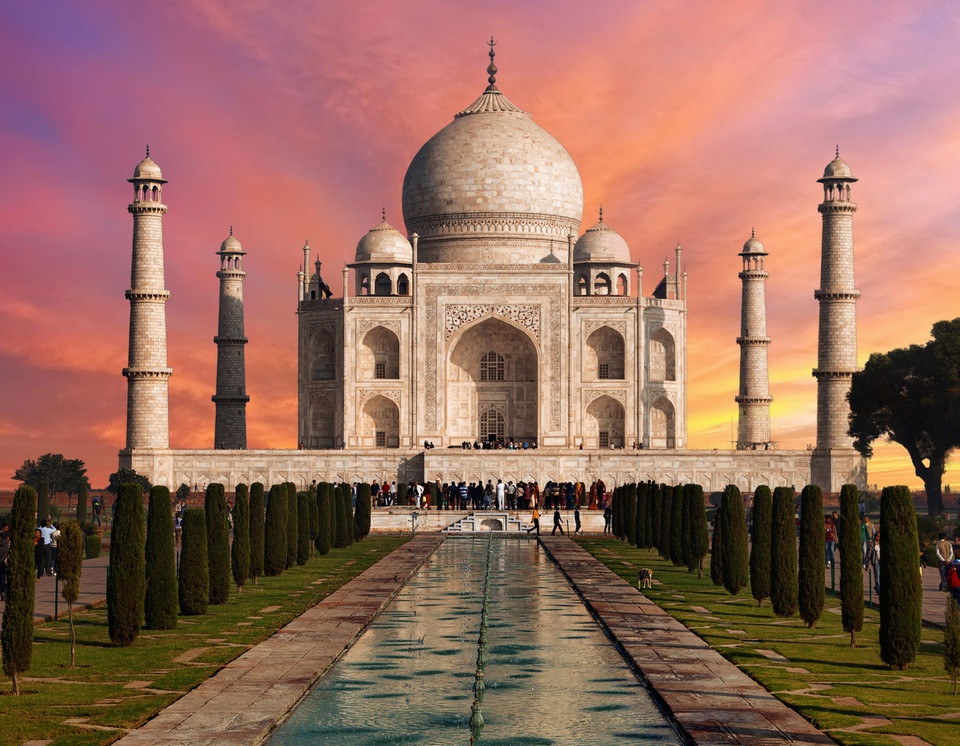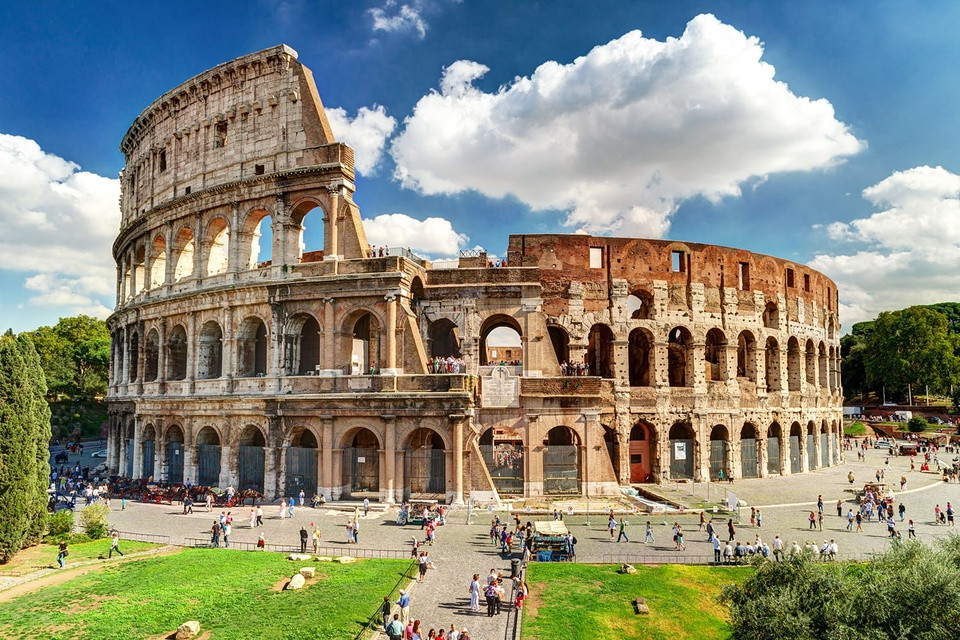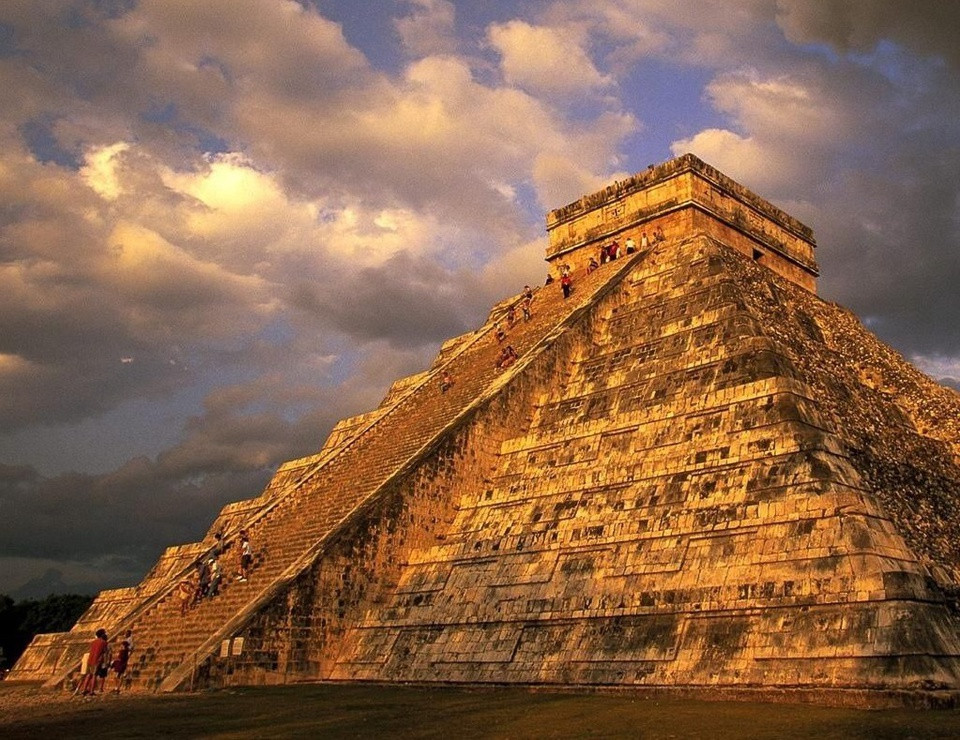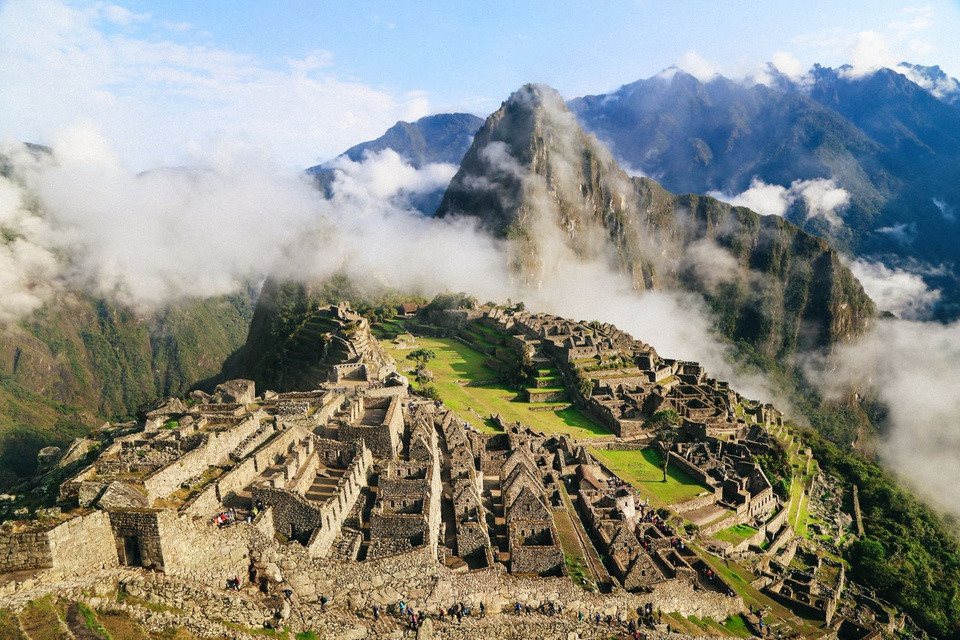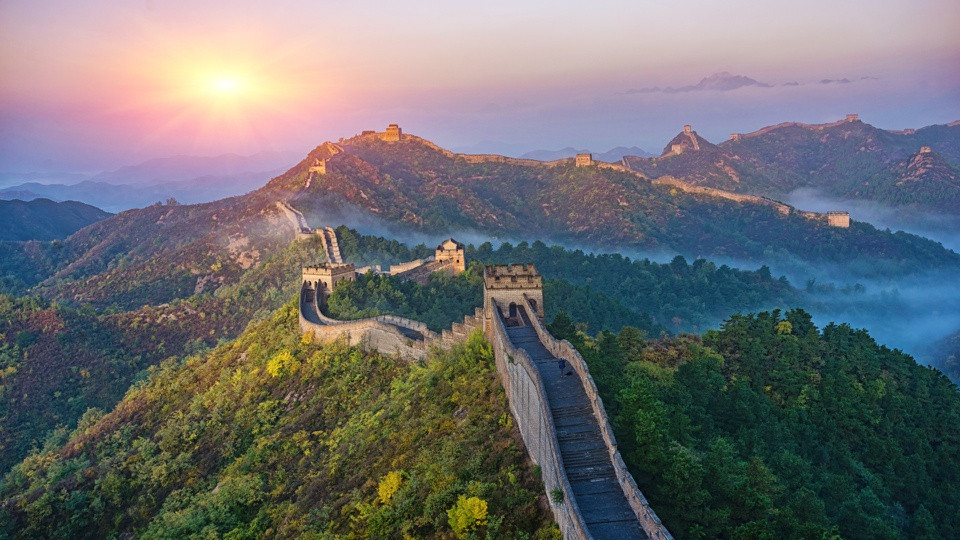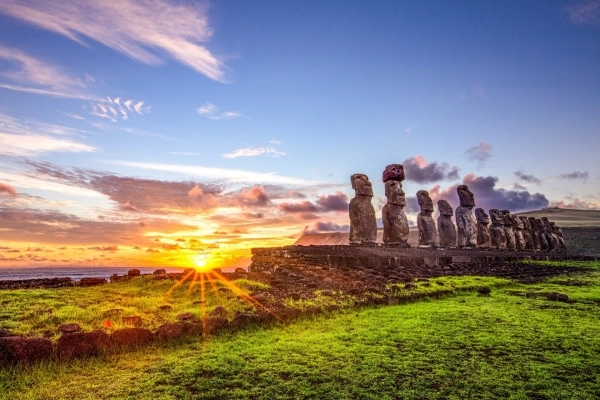
Easter Island and the mysterious Moai statues
Easter Island has an area of about 165 square kilometers, located in the southern Pacific Ocean, about 3,700 kilometers off the west coast of Chile and 4,000 kilometers east of Tahiti. The island is called Rapa Nui, in the language of the Polynesians living on the island, or Paaseiland (in Spanish), discovered in 1772 by the Dutch explorer, naval admiral Jacob Roggeveen. Easter.
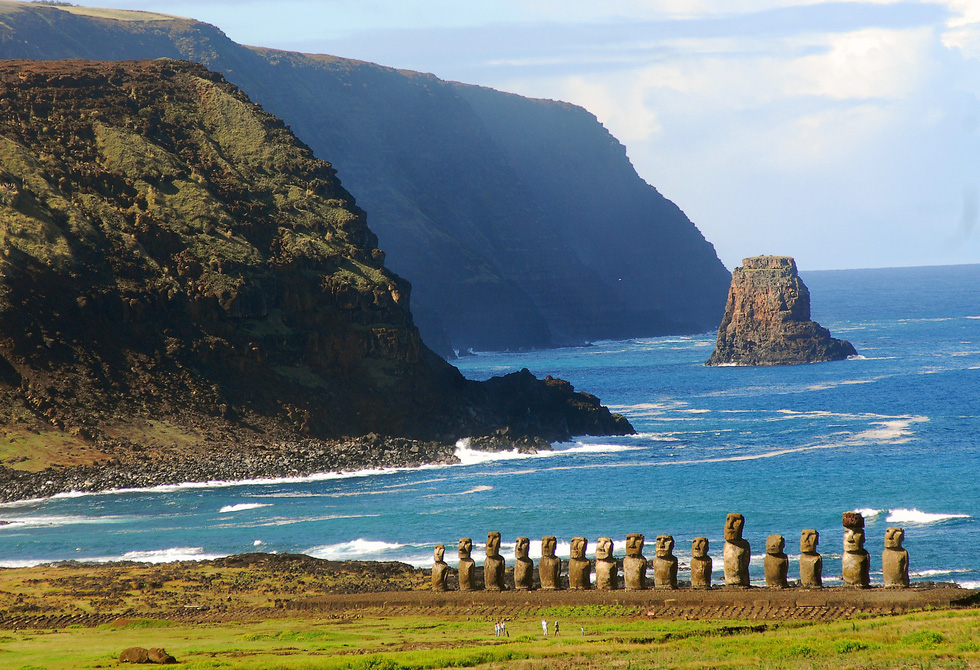
It has also been part of Chile's territory since the late 19th century, and its economy is largely dependent on tourism.
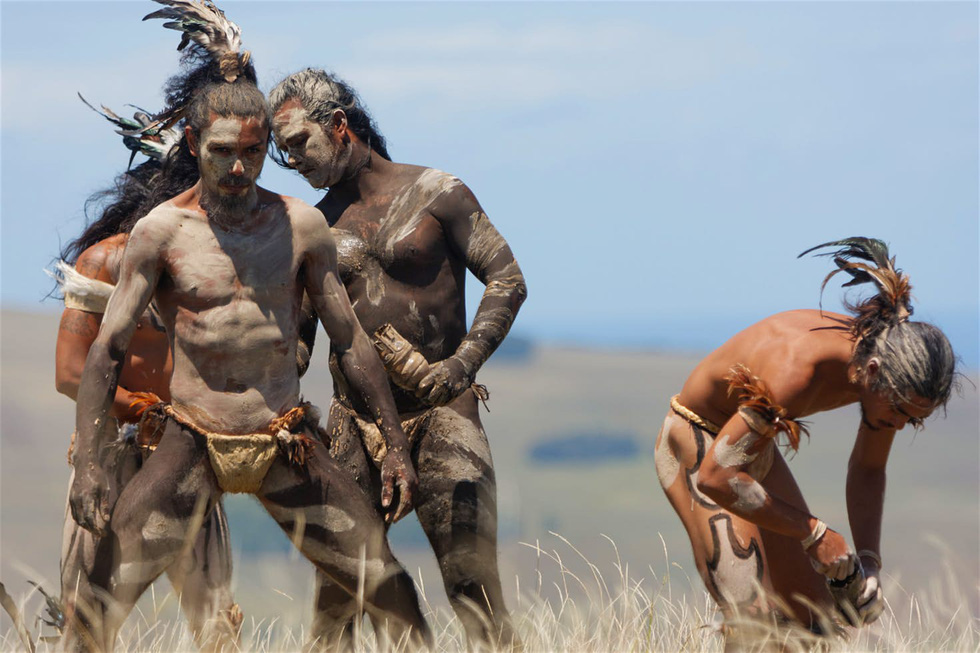
The first people to set foot on Easter Island are thought to be a group of Polynesian inhabitants who crossed the ocean from the Marquesa Islands around 300-400 BC. The place where King Rapa Nui the first, Hoto-Matua first anchored his boat is the Anakena area, now one of the rare beaches of the rocky island.
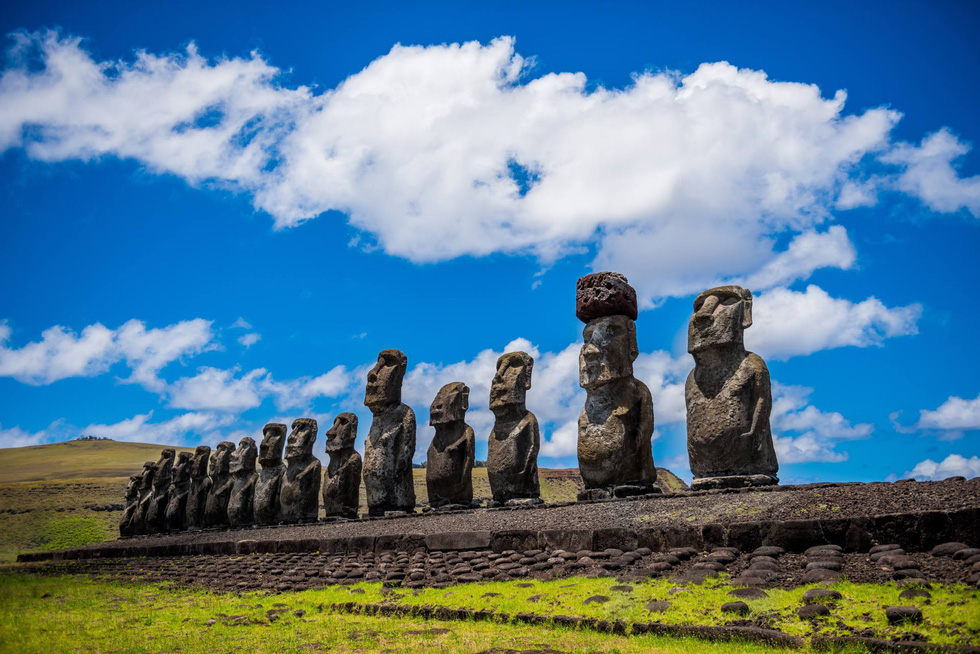
Easter Island is known to many tourists for its about 900 ancient stone giants known as "Moai", which are scattered across the island.
Through the statues, visitors can see the talent of their creators, who are master craftsmen and engineers of Polynesian culture.
The Moai stone statue on Easter Island has always remained a mystery to mankind. There has been a lot of speculation about the purpose of creating the "Moai" statues, how they were built, and their role in the Rapa Nui civilization on Easter Island hundreds of years ago.
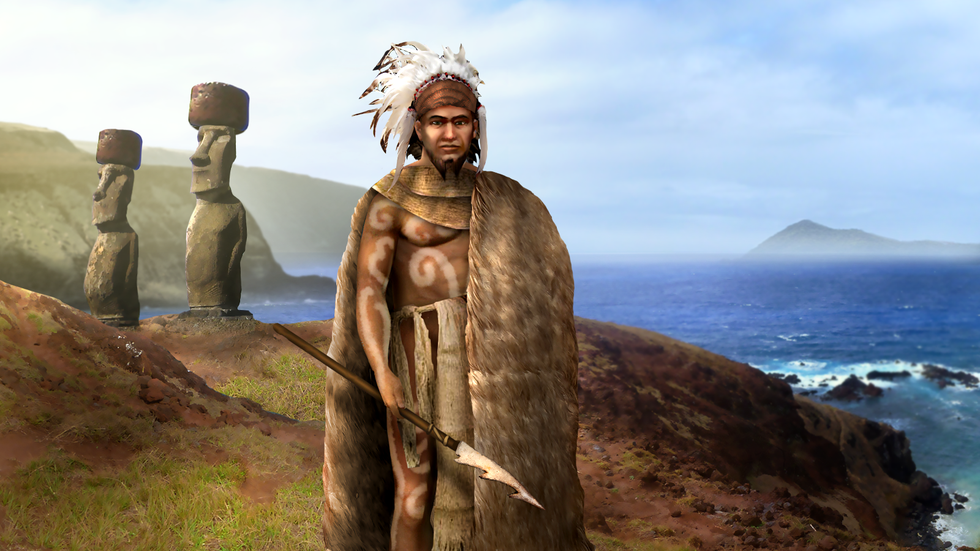
To this day, scientists still have a headache with questions about the meaning and how to move the giant statues around the island.
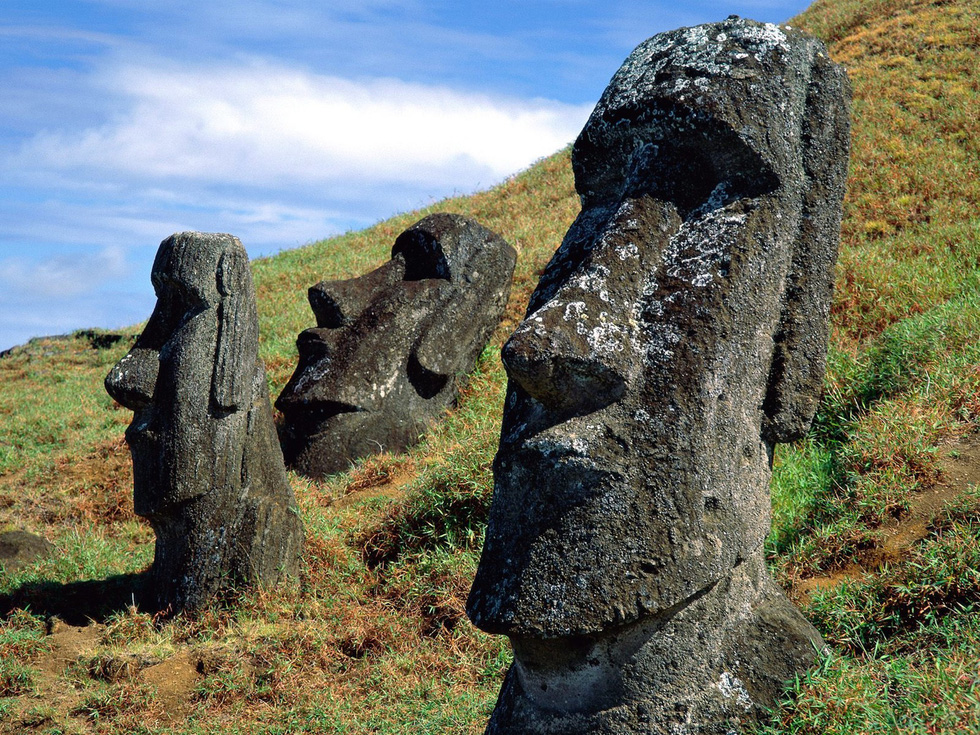
Moai is the greatest evidence of a flourishing culture of the Rapa Nui people in the past. They are found in many locations scattered around the island, with an average height of 4m, weighing up to 13 tons, carved from monolithic rock formed from volcanic ash and placed on a stone platform called "ahus". .
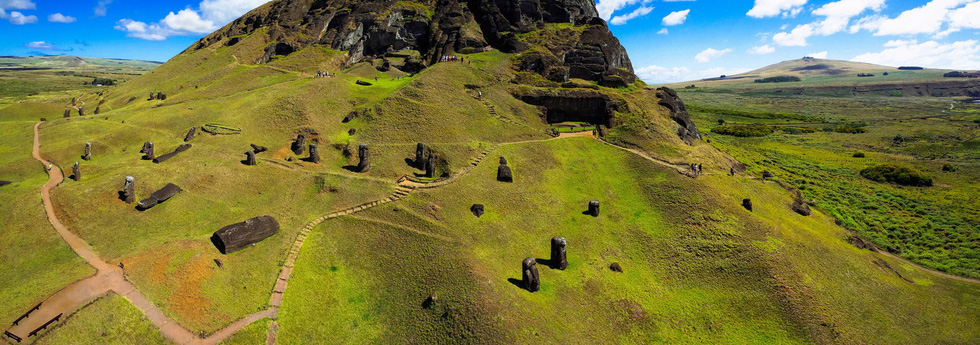
Through archaeological excavations on Easter Island, researchers found that there were three distinct cultural periods that once developed on the island: "early stage" (700-850 BC), "period of time" middle" (1050-1680) and "late period" (after 1680).
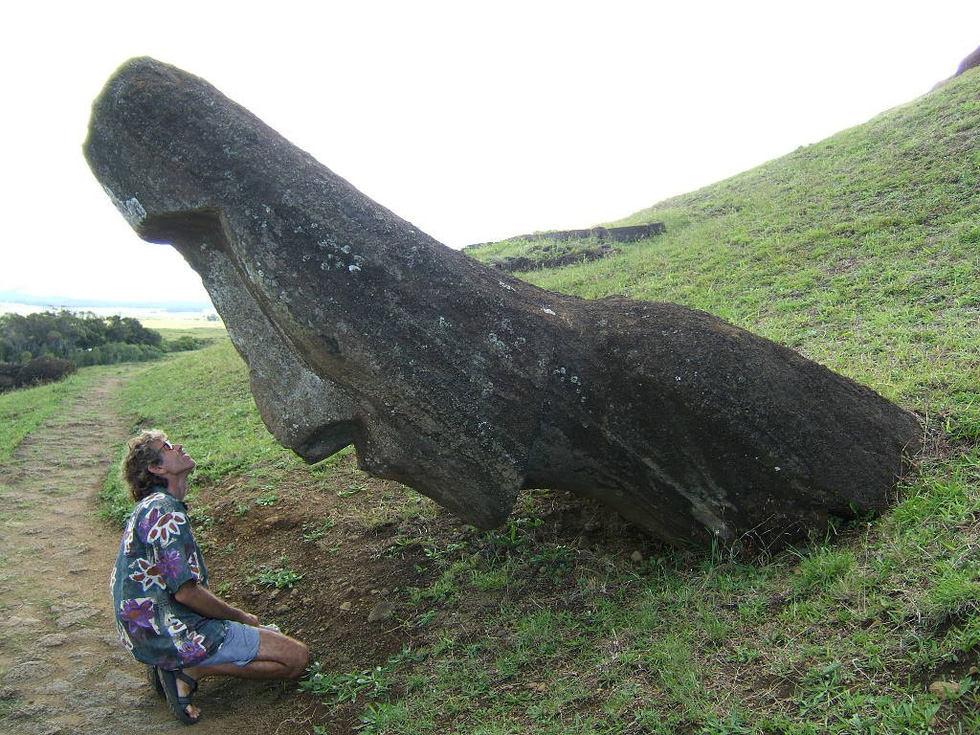
Between the early and middle stages, evidence shows that many moai statues had their heads destroyed and rebuilt to larger and heavier sizes. During the "middle period", "ahus" stone platforms were used as catacombs to bury important figures of the tribe after death. The largest statue found in the "middle stage" is nearly 10 meters tall and weighs about 82 tons. The "last stage" of civilization is characterized by civil wars, many statues are toppled and destroyed.
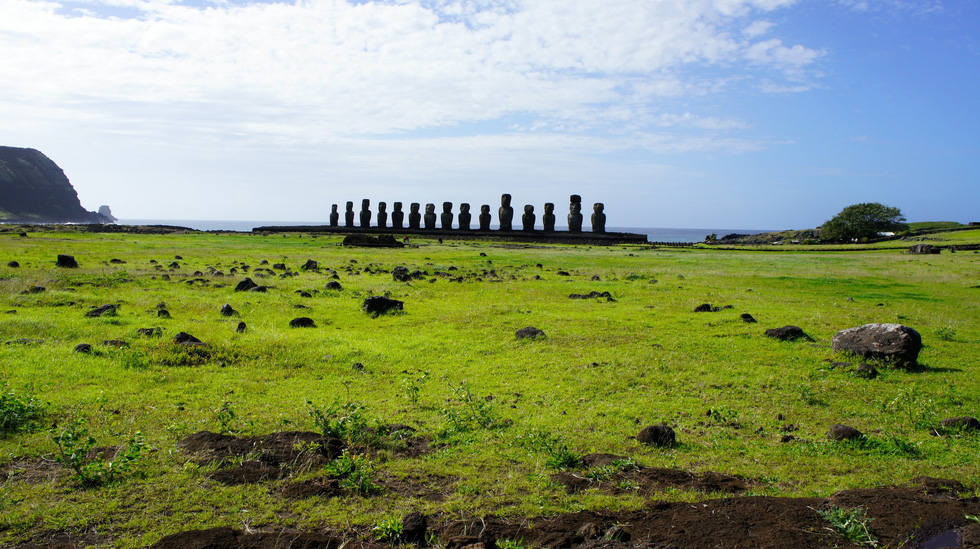
The first European visitor to know of the existence of Easter Island was the Dutch explorer and naval admiral Jacob Roggeveen. It is estimated that the number of indigenous Rapa Nui people living on the island at this time was about 3,000 people. However, just a few years later Easter Island's population dwindled after the civil war, with an estimated 600-700 men and less than 30 women remaining. As of 1877, the number of Rapa Nui people left was 111 people after a series of events about slavery as well as epidemics. In 1888, Chile officially annexed Easter Island as part of its territory.
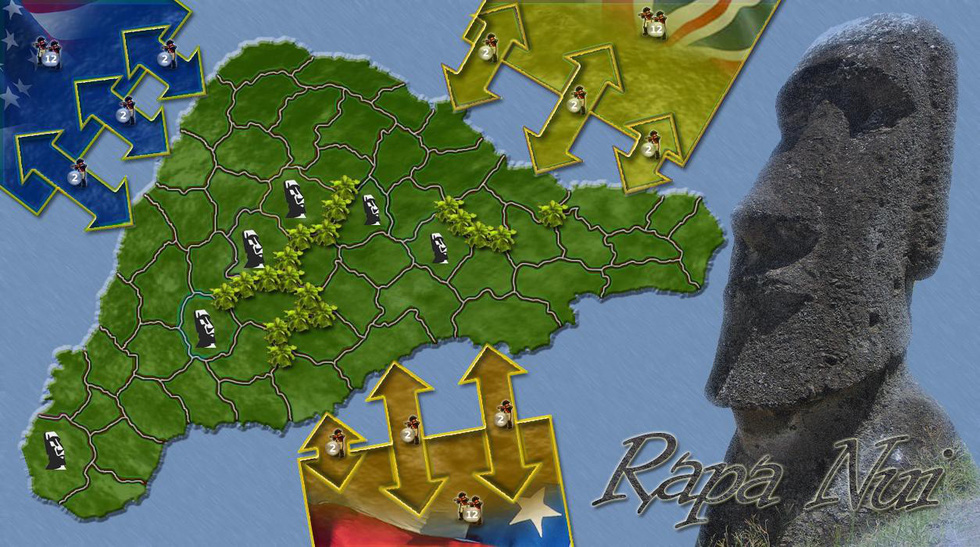
Overall, Easter Island has the shape of a triangle, made up of a series of volcanic eruptions with a subtropical climate (sunny and dry) and relatively mild weather. In addition to the terrain with many rugged hills, the island also possesses many underground caves leading to the craters. The largest volcano on the island is called Rano Kao, and the highest point is at Mount Terevaka at 600 m above sea level.
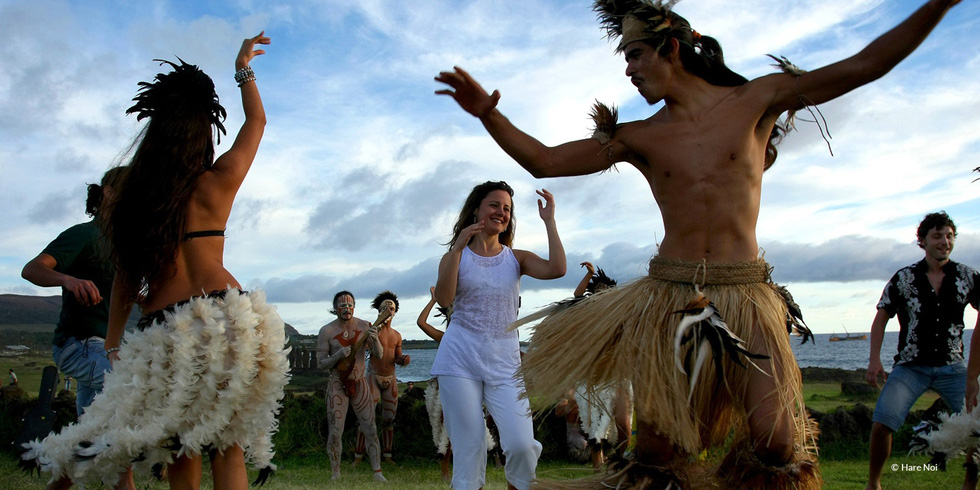
Easter Island has no natural harbor, but boats can anchor off the west coast, close to Hanga Roa, the island's largest village, with an estimated population of 3,300. In 1995, Easter Island was recognized by UNESCO as a World Heritage Site. The people of the island use Spanish as their official language, in addition to the ancient Rapa Nui language. The main source of income of the people on the island mainly depends on tourism.
